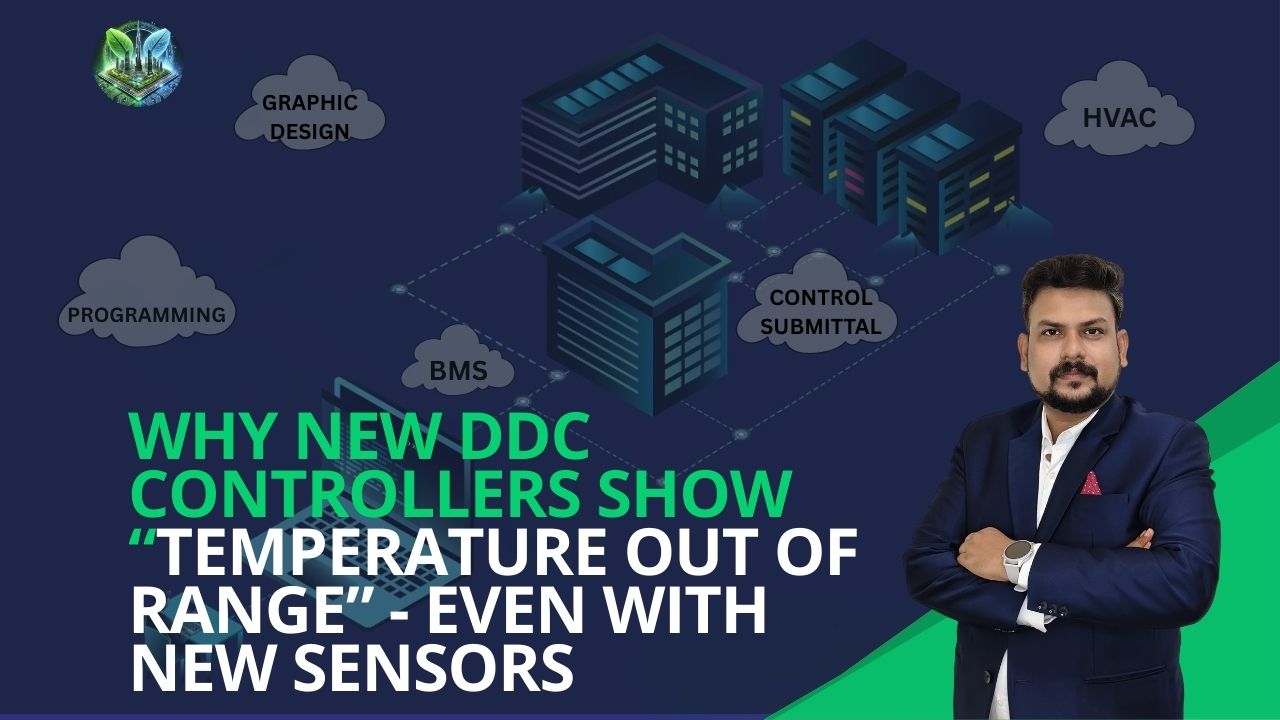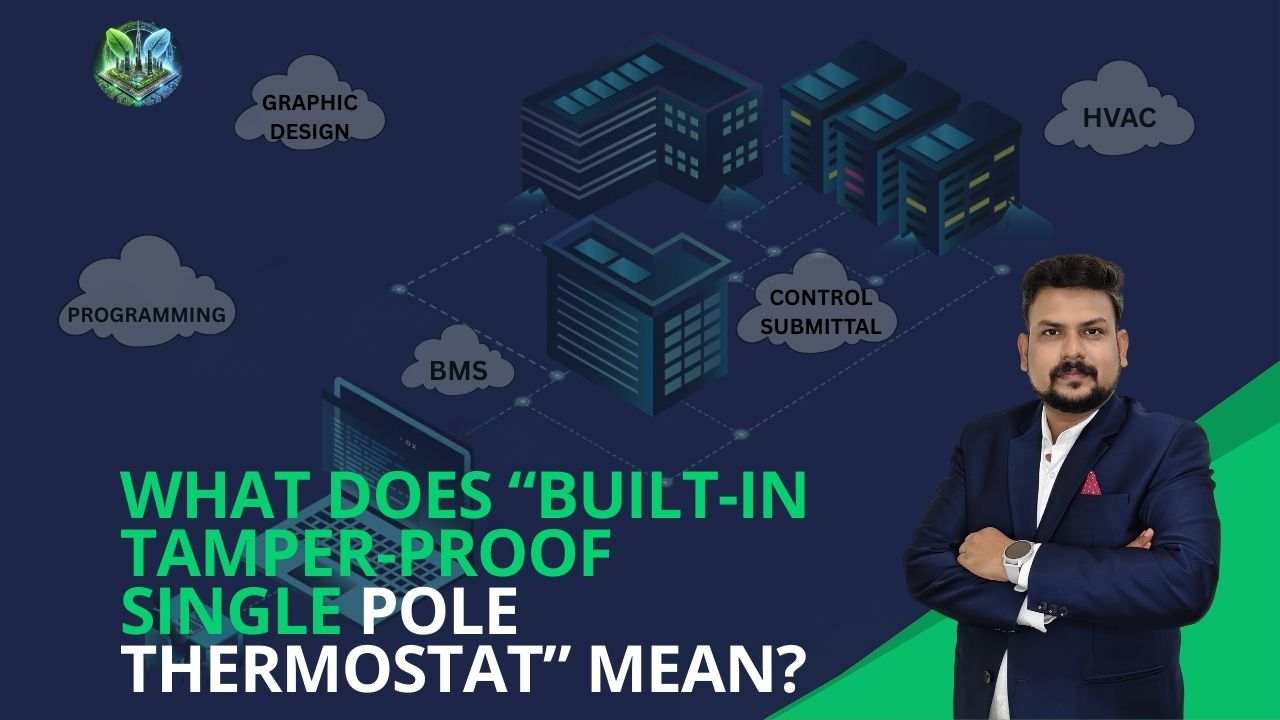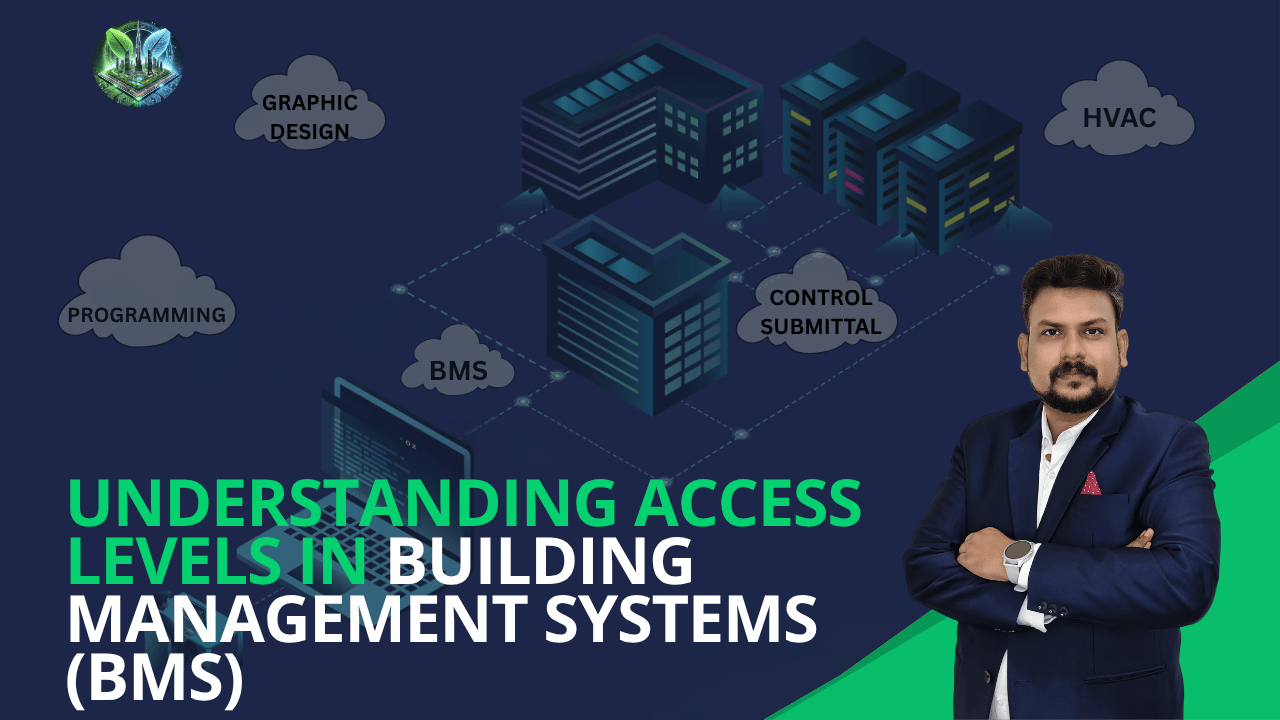.png)
HVAC Controls vs. BMS: What’s the Difference?
HVAC Controls – The Specialist
Focuses only on Heating, Ventilation, and Air Conditioning (HVAC) systems.
Controls temperature, humidity, airflow, and pressure to optimize comfort.
Uses DDC (Direct Digital Controllers) to regulate AHUs, Chillers, FCUs, Boilers, etc.
Typically works with local controllers and may have limited remote access.
Example: A standalone chiller plant with a dedicated controller adjusting chilled water temperature based on load demand.
BMS – The Mastermind
Integrates HVAC controls along with lighting, security, access control, fire alarms, and more.
Provides a centralized system to monitor and optimize multiple building systems.
Uses protocols like BACnet, Modbus, or LonWorks to ensure interoperability.
Enables remote monitoring, analytics, and AI-driven automation for efficiency.
Example: A BMS that not only controls HVAC but also dims lights based on occupancy and locks doors after working hours.
So, What’s the Key Difference? 🤷
🔸 HVAC Controls = Manages HVAC equipment only.
🔸 BMS = A complete building-wide automation system integrating multiple services, including HVAC controls.
Which One Do You Need?
If you’re managing a single HVAC system, HVAC controls may be sufficient. But if you want full building automation, energy efficiency, and remote monitoring, a BMS is the way to go!

.jpg)
.jpg)


.jpg)


.jpg)
.jpg)
.jpg)
.jpg)
.jpg)
.jpg)
.jpg)
.jpg)
.jpg)
.jpg)
.jpg)
.jpg)
.jpg)
.jpg)
.jpg)
.jpg)
.jpg)
.jpg)
.jpg)
.jpg)
.jpg)
.jpg)

.jpg)
.jpg)
.jpg)
.jpg)

.jpg)
.jpg)
.png)
.png)


.png)

.png)
.png)
.png)
.png)
.png)
.png)
.png)
.png)
.png)
.png)
.png)
.png)
.png)
.png)
.png)
.png)
.png)
.png)
.png)
.png)
.jpg)
.png)
